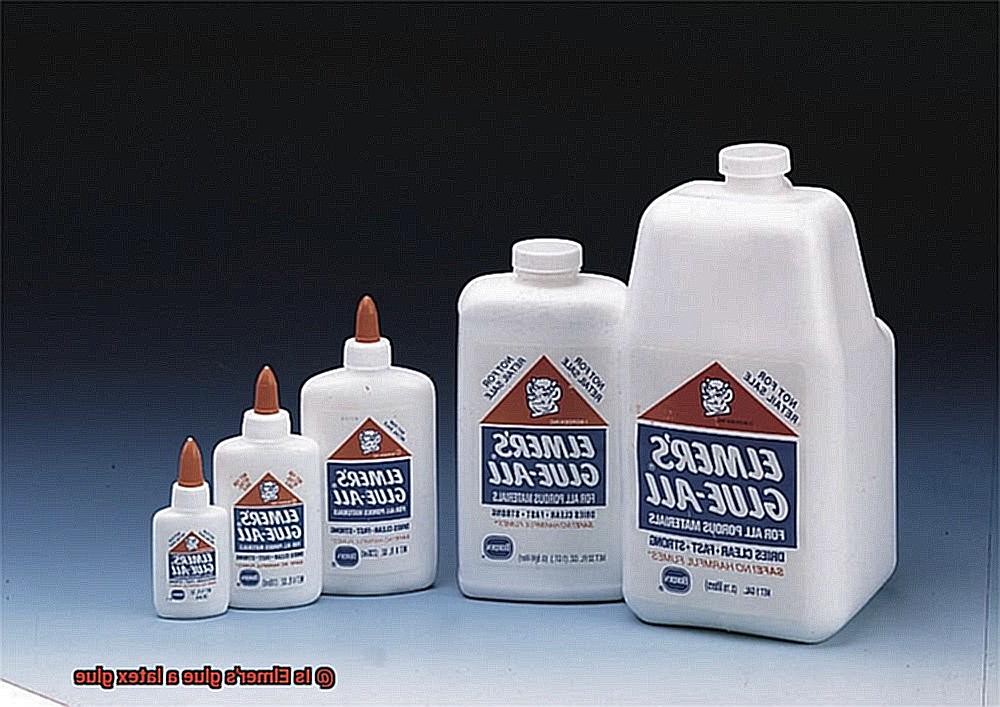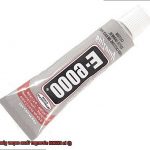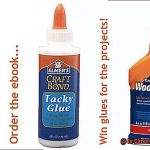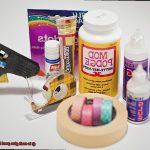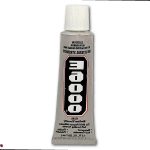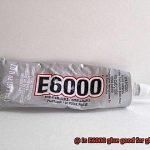Whether you’re a seasoned DIY aficionado or just a curious soul wandering the aisles of your local craft store, chances are you’ve stumbled upon the iconic Elmer’s School Glue. This go-to adhesive has been a classroom hero for generations, helping us create everything from papier-mâché masterpieces to vibrant construction paper crafts.
But hold up a second and ask yourself, “Is Elmer’s School Glue safe?” It’s a valid question, my friends, and today we’re putting on our detective hats to delve deep into the world of glue safety.
Join me on this thrilling journey that combines the casual curiosity of craft enthusiasts with the critical eye of an expert. We’ll dig through scientific studies, dissect the composition of this trusty adhesive, and uncover any hidden health concerns that may lurk beneath its seemingly innocent exterior.
Get ready for a wild ride because we’re about to reveal the truth behind the safety of Elmer’s School Glue – and trust me when I say it might just blow your mind.
The Safety of Elmer’s School Glue
Contents
- 1 The Safety of Elmer’s School Glue
- 2 What is in Elmer’s School Glue and Is It Harmful?
- 3 Supervising Young Children When Using Elmer’s School Glue
- 4 Accidental Ingestion of Elmer’s School Glue
- 5 Avoiding Contact with Skin and Eyes when Using Elmer’s School Glue
- 6 Longstanding Reputation for Safety and Reliability of Elmer’s Products
- 7 Regulatory Standards for Non-Toxic Adhesives
- 8 Alternatives to Elmer’s School Glue
- 9 Conclusion
Parents and educators alike are often concerned about the safety of the products children use for their art and craft projects. With Elmer’s School Glue being a popular choice, it is important to explore its safety aspects thoroughly. This article aims to provide a comprehensive guide on the safety of Elmer’s School Glue, empowering you to make informed decisions when it comes to your child’s creative endeavors.
Non-Toxic Formulation:
Elmer’s School Glue boasts a non-toxic formulation, free from harmful substances that could be dangerous if ingested or come into contact with the skin. Its adhesive properties are derived from a combination of water, polyvinyl acetate (PVA), and other carefully selected additives. PVA, a commonly used polymer in various consumer products, has been deemed safe for use in glue.
Extensive Testing and Certification:
Rest assured, Elmer’s School Glue has undergone rigorous testing to ensure its safety for children. It meets the standards established by reputable regulatory authorities like the American Society for Testing and Materials (ASTM) and the Consumer Product Safety Commission (CPSC).
Furthermore, it has received the seal of approval as a non-toxic product from esteemed organizations such as the Art and Creative Materials Institute (ACMI).
Washable and Easy to Clean Up:
One of the standout features of Elmer’s School Glue is its washable formula. This means that in the event of spills or accidental skin contact, cleaning up becomes a breeze with just soap and water. Not only does this make cleanup hassle-free, but it also reduces the likelihood of skin irritation or discomfort.
Usage Precautions:
While Elmer’s School Glue is generally safe, it is important to exercise caution and supervise children during use, especially younger ones. Ingesting small amounts of glue may cause stomach discomfort or irritation, although serious harm is unlikely.
However, if a large amount is ingested, it is advisable to seek medical attention. Additionally, some individuals may experience mild skin irritation or allergic reactions. In such cases, thoroughly washing the affected area with soap and water is recommended.
What is in Elmer’s School Glue and Is It Harmful?
Are you ready to embark on a creative journey filled with colors, textures, and endless possibilities? Look no further than Elmer’s School Glue, the glue that holds it all together. But before you dive into your next masterpiece, let’s explore what makes this glue safe and suitable for all ages.
At the heart of Elmer’s School Glue lies polyvinyl acetate (PVA), a synthetic polymer derived from petroleum. But don’t let that scare you away. The manufacturing process involves removing any toxic components, resulting in a non-toxic final product that can be used without worry.
When it comes to your health and well-being, Elmer’s has got your back. This glue is non-toxic, meaning it doesn’t contain any harmful substances that could pose a threat if ingested or come into contact with your skin. So go ahead and let your little ones explore their artistic talents with peace of mind.
Elmer’s School Glue may contain small amounts of preservatives and stabilizers to ensure its longevity and performance. These additives prevent mold or bacteria growth, keeping your glue fresh and ready for your next project. While the specific types and quantities may vary, rest assured that they are carefully chosen to maintain the glue’s safety standards.
While Elmer’s School Glue is generally safe, it’s essential to use it as intended and take proper precautions. Avoid ingesting the glue or letting it come into contact with your eyes. Accidents happen, so if you or your child accidentally ingests the glue or gets it in their eyes, seek immediate medical attention.
Just like any other product, some individuals may be more sensitive or allergic to certain components present in the glue. If you notice any adverse reactions such as skin irritation or respiratory issues after using Elmer’s School Glue, discontinue its use and consult a healthcare professional. It’s always better to be safe than sorry.
Supervising Young Children When Using Elmer’s School Glue
Elmer’s School Glue is a beloved tool for arts and crafts, but it’s crucial to remember that young children require proper supervision when using this adhesive. In this comprehensive guide, we will delve into why supervising young children during glue activities is essential and provide practical tips to ensure their safety.
Understanding the Dangers:
Young children may not fully grasp the potential hazards associated with glue. Accidental contact with eyes or ingestion can lead to serious injuries. By closely supervising them, we can promptly intervene and prevent any harm from occurring.
Teaching Proper Techniques:
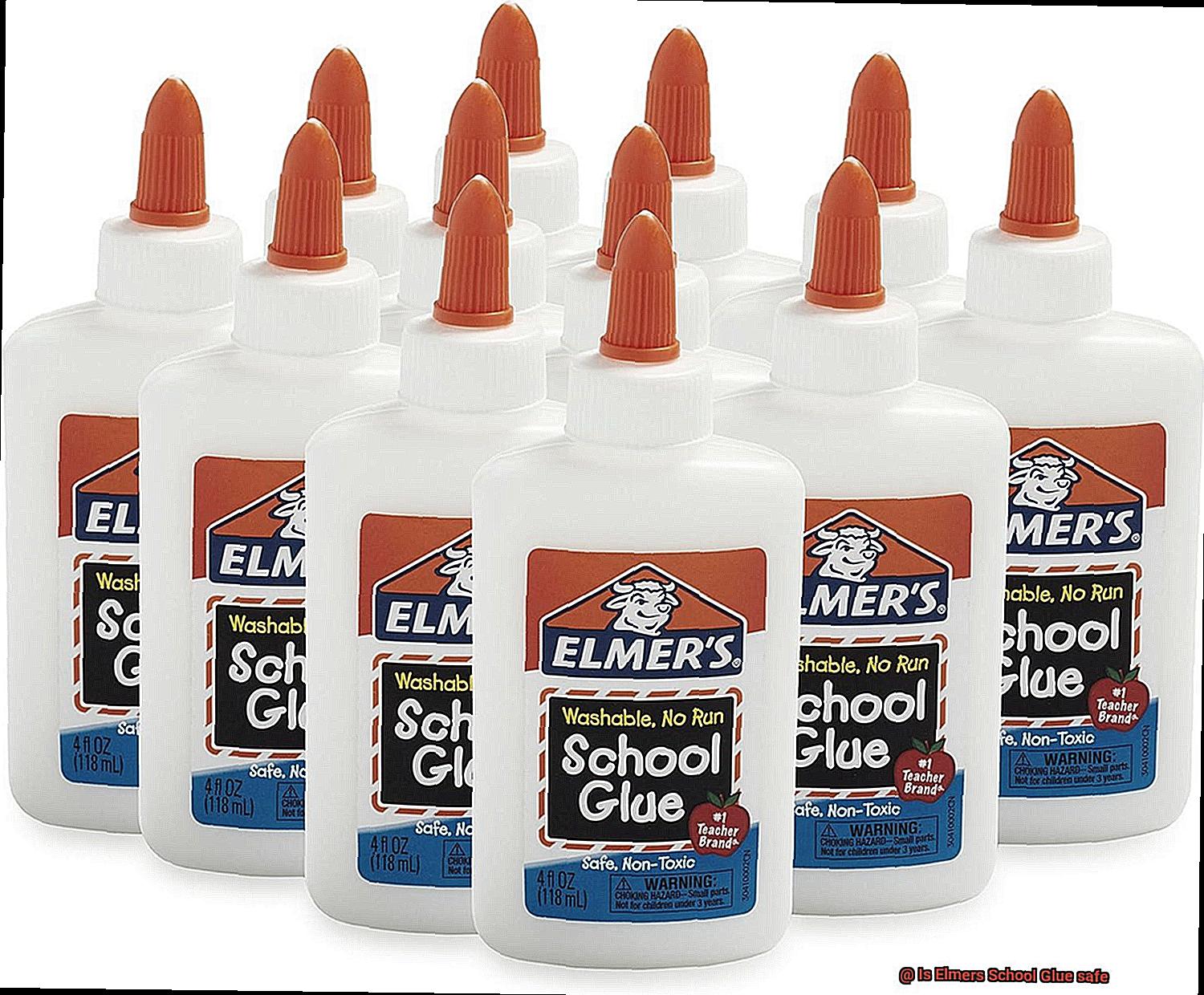
Children must be taught how to use and handle Elmer’s School Glue correctly. Emphasize gentle squeezing of the bottle and using small amounts of glue at a time. This promotes tidiness and reduces the risk of accidents.
Providing Appropriate Tools:
Equip children with tools like small brushes or cotton swabs to enhance control over the amount of glue used. This minimizes accidental contact with skin or eyes.
Creating a Safe Workspace:
Protect surfaces from spills or drips by laying down newspaper or a plastic tablecloth. This ensures easy cleanup and prevents glue from adhering to furniture or other items.
Proper Storage:
When not in use, securely store Elmer’s School Glue out of children’s reach. This prevents accidental ingestion or misuse in your absence.
Accidental Ingestion of Elmer’s School Glue
We all know that kids possess an uncanny ability to find themselves in precarious situations. From exploring every nook and cranny of the house to sampling anything that piques their curiosity, it’s a constant struggle to keep them safe.
One common concern for parents and caregivers is the accidental ingestion of Elmer’s School Glue. While this adhesive is generally safe when used as directed, consuming it can lead to potential health risks. So, let’s delve into what you need to know.
First and foremost, let’s discuss the composition of Elmer’s School Glue. This adhesive primarily consists of polyvinyl acetate, a synthetic polymer that is non-toxic and generally harmless if ingested in small quantities. However, here’s the catch – ingesting a large amount of glue can cause digestive discomfort. And believe me, dealing with a glue-induced stomach ache is nobody’s idea of a good time.
If your little one happens to sample Elmer’s School Glue, there are specific symptoms you should be vigilant for. Nausea, vomiting, stomach pain, and diarrhea are all possible indicators that they have consumed an excessive amount of glue. In more severe cases, you might observe signs of an allergic reaction such as swelling or difficulty breathing. If any of these symptoms manifest, seeking immediate medical attention is imperative.
Now, let’s talk about what steps to take if you suspect your child has ingested Elmer’s School Glue. First and foremost – stay calm. Panicking will not benefit anyone involved. Begin by removing any remaining glue from their mouth and rinsing it thoroughly with water to prevent further ingestion. However, it is crucial to note that attempting to induce vomiting should only be done under the guidance of a healthcare professional.
Speaking of healthcare professionals, it is always wise to contact a poison control center or seek medical advice following an accidental ingestion. They will provide tailored guidance based on your unique circumstances, taking into account factors such as your child’s age and weight. Following their instructions diligently is paramount for the well-being of your little one.
Of course, prevention is key. Storing Elmer’s School Glue out of reach of children is an obvious measure. Consider utilizing locked cabinets or containers to keep curious hands away from the adhesive. Furthermore, educating your children about the dangers of ingesting glue and closely supervising their activities can help prevent accidents.
If you remain concerned about the potential risks associated with Elmer’s School Glue, there are alternative options available. Seek out non-toxic or edible glues specifically designed for children. Additionally, glue sticks are an excellent choice as they are less likely to be accidentally ingested.
Avoiding Contact with Skin and Eyes when Using Elmer’s School Glue
Elmer’s School Glue is a reliable adhesive for various craft projects, but it’s crucial to prioritize safety when handling this sticky substance. In particular, preventing contact with your skin and eyes is essential to avoid any mishaps or discomfort. This article will provide you with practical tips and precautions to ensure a worry-free experience when using Elmer’s School Glue.
Glove Up for Optimal Protection:
Before immersing yourself in any glue-related activity, safeguard your hands by wearing disposable latex or nitrile gloves. These gloves form a barrier between the glue and your skin, significantly reducing the risk of irritation or adverse reactions. It’s important to choose gloves that fit properly for maximum protection.
Keep Your Hands Clear of Your Face:
During the excitement of working with glue, it’s easy to absentmindedly touch your face or rub your eyes. However, this can lead to discomfort and irritation if the glue comes into contact with your skin or eyes. Resist the urge to touch your face and ensure you wash your hands thoroughly if you accidentally come into contact with the glue.
Rinse, Rinse, Rinse in Case of Contact:
In the event of accidental skin or eye contact with Elmer’s School Glue, immediate action is crucial. Flush the affected area with plenty of water for at least 15 minutes to remove any residual glue and minimize potential harm.
If any symptoms persist or worsen, seek prompt medical attention.
Childproof Your Workspace:
If children are present, it’s vital to keep Elmer’s School Glue out of their reach. Children may not fully grasp the potential dangers associated with glue and may accidentally get it on their skin or in their eyes. Always supervise children when they are using glue and educate them about proper safety measures.
Breathe Easy in a Well-Ventilated Space:
Although Elmer’s School Glue is non-toxic, it’s still advisable to work in a well-ventilated area. This minimizes the inhalation of any fumes that may be present. Improve air circulation by opening windows or using fans, reducing the risk of mild respiratory irritation, especially for individuals with sensitivities.
Patch Test for Sensitive Skin:
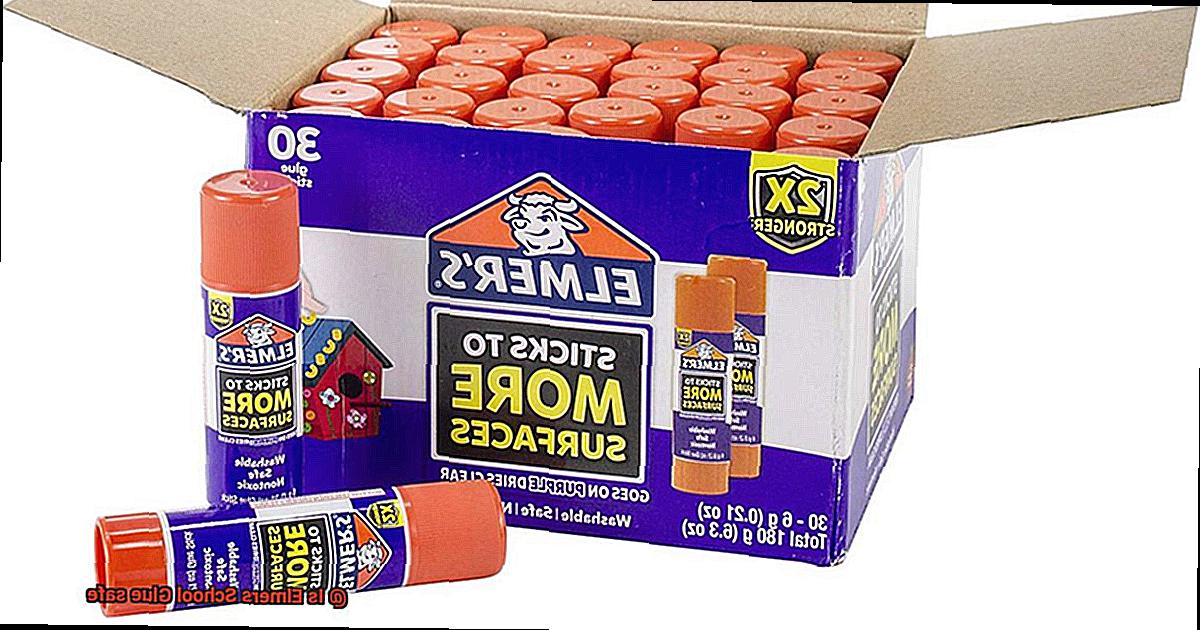
If you have sensitive skin or known allergies, it’s wise to conduct a patch test before using Elmer’s School Glue extensively. Apply a small amount of glue on the inside of your wrist or forearm and leave it for 24 hours.
If there are no adverse reactions, it should be safe to proceed. However, if you experience redness, itching, or discomfort, it’s best to avoid using the glue altogether and explore alternative options.
Longstanding Reputation for Safety and Reliability of Elmer’s Products
With a history spanning over 70 years, Elmer’s School Glue has earned a well-deserved reputation for safety and reliability. As a trusted name in the adhesive industry, Elmer’s has consistently provided high-quality products that meet the needs of consumers.
But what sets Elmer’s apart from its competitors and establishes its longstanding reputation for safety and reliability?
One of the key factors contributing to Elmer’s reputation is its commitment to using non-toxic and washable ingredients. The company understands the importance of ensuring the safety of its users, especially children who often use their products for arts and crafts projects.
By formulating their glue with non-toxic ingredients, Elmer’s ensures that children can enjoy their creative endeavors without any harmful effects.
In fact, Elmer’s school glue meets or exceeds all safety standards set by regulatory bodies such as the Consumer Product Safety Commission (CPSC).
Elmer’s dedication to safety doesn’t stop at meeting minimum requirements. The company invests in research and development to continually improve its formulas and enhance product safety. Thorough testing and quality control checks are conducted throughout the manufacturing process to maintain consistency and ensure that every bottle of Elmer’s School Glue is safe and reliable.
When it comes to bonding materials, Elmer’s school glue excels. It securely bonds paper, cardboard, and other porous materials without posing any health risks. This makes it a top choice for many schools and educational institutions for their arts and crafts projects. Teachers and parents can trust Elmer’s to provide a strong bond while prioritizing the safety of their children.
Elmer’s longstanding reputation for safety and reliability has not gone unnoticed. The brand has received numerous awards and certifications for its commitment to safety, further solidifying its position as a trusted name in the industry.
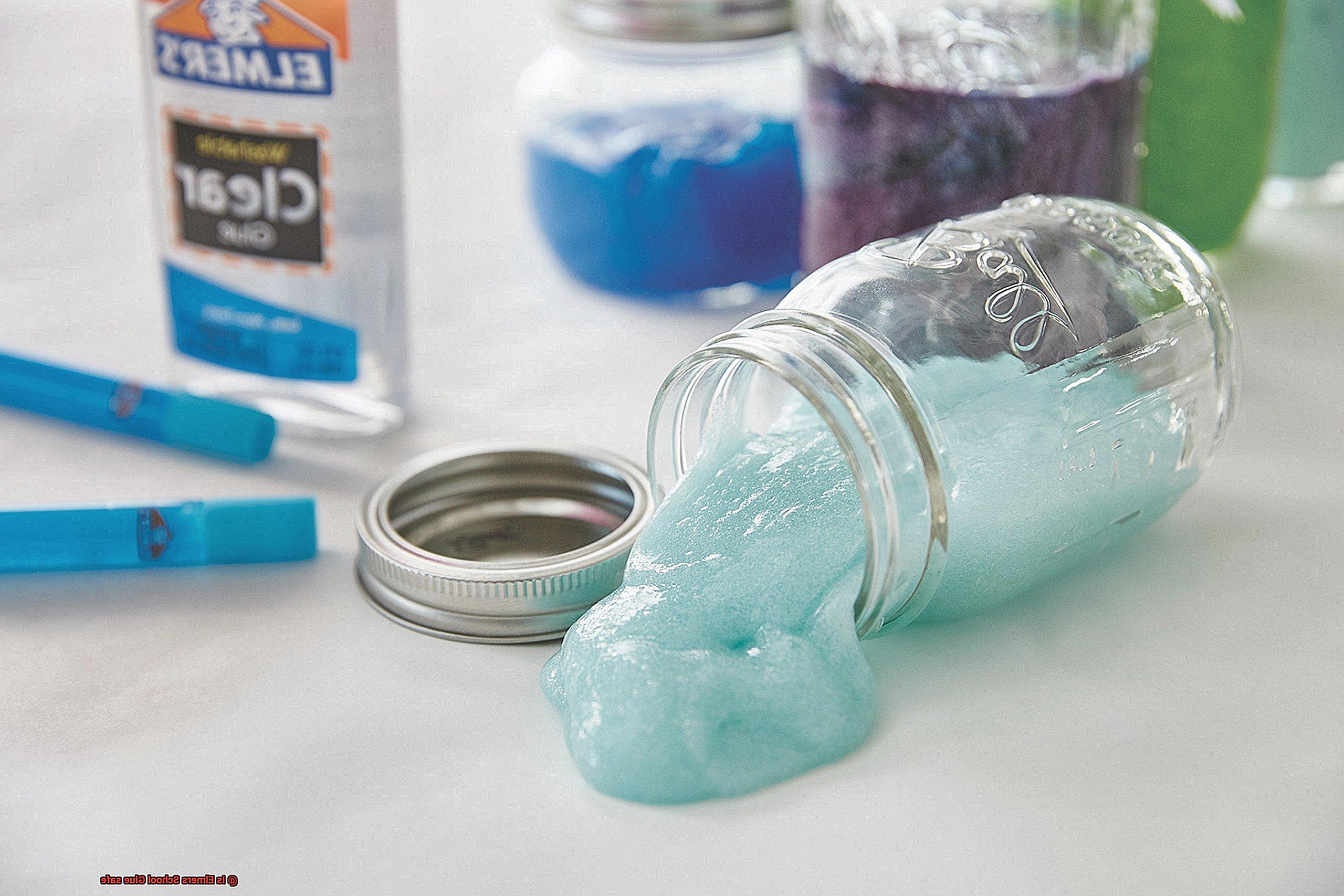
Regulatory Standards for Non-Toxic Adhesives
Not all adhesives are created equal when it comes to protecting your health. That’s why regulatory standards and certifications for non-toxic adhesives exist. In this blog post, we will delve into the significance of regulatory standards and certifications for non-toxic adhesives. Topics such as the ASTM D-4236 standard, regional regulations, and independent certifications will be explored.
The ASTM D-4236 Standard:
The American Society for Testing and Materials (ASTM) developed the widely recognized ASTM D-4236 standard. This standard ensures that adhesives carry appropriate hazard warnings and provide information about potential health risks. Adhesive manufacturers must undergo rigorous testing to determine if their products contain any hazardous substances. If a product passes these tests, it can be labeled as non-toxic and considered safe for use, particularly by children.
Other Regional Regulations:
Apart from the ASTM D-4236 standard, other regulatory standards may apply depending on the country or region. For instance, in the European Union, adhesives must comply with the REACH regulation. REACH is a comprehensive set of regulations that ensures the safe use of chemicals within the EU. Adhesive manufacturers exporting their products to the EU must meet REACH standards to ensure compliance.
Independent Certifications:
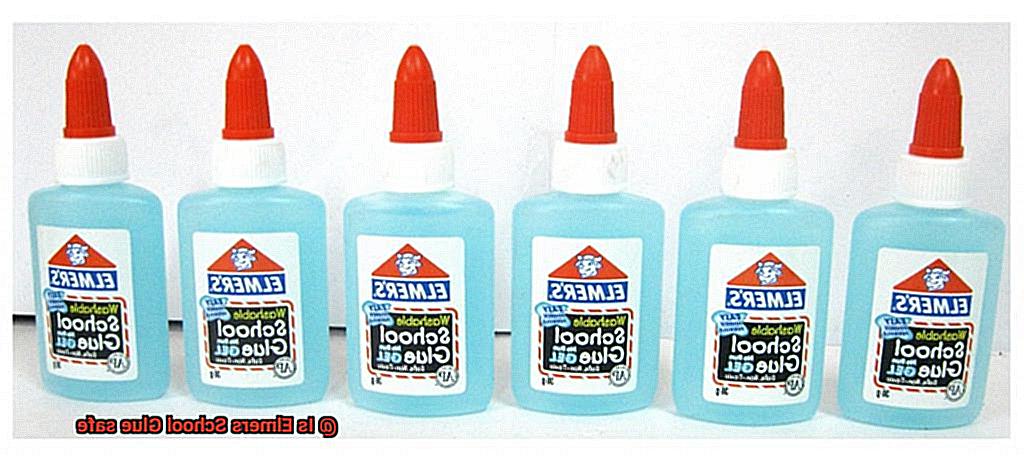
In addition to regulatory standards, many adhesive manufacturers voluntarily seek certifications from independent organizations specializing in product safety. These certifications provide an extra layer of assurance regarding the non-toxicity and safety of their products.
Examples of such certifications include the Art and Creative Materials Institute (ACMI) certification and the AP (Approved Product) seal. Adhesives with these certifications have undergone extensive testing by certified toxicologists and comply with all relevant safety standards.
Alternatives to Elmer’s School Glue
Elmer’s School Glue has long been the adhesive of choice for classrooms, but concerns about its safety have led to the search for alternatives. In this blog post, we will explore a variety of safe and non-toxic alternatives that are suitable for both casual and professional settings.
From natural adhesives to eco-friendly options, there is a wide range of choices that offer similar bonding properties without compromising safety.
Natural Adhesives:
- Vegetable-based glues: Crafted from natural ingredients, these glues are non-toxic and water-soluble, making cleanup a breeze.
- Starch-based pastes: Derived from plant starch, these adhesives provide a safe and eco-friendly alternative to Elmer’s School Glue.
Glue Sticks:
White Craft Glue/Liquid Glue:
Eco-friendly Adhesives:
- Soy-based adhesives: Crafted from renewable resources, these glues are non-toxic, low in volatile organic compounds (VOCs), and environmentally friendly.
- Recycled material glues: Made from recycled materials, these adhesives are a sustainable choice for those concerned about the environment.
Safety Considerations:
- Read product labels: Always ensure that the alternative glue is labeled as non-toxic and safe for the intended use.
- Test before use: It is advisable to conduct a small test on a discreet area before applying the adhesive extensively.
Conclusion
In conclusion, Elmers School Glue is deemed safe for use in schools and households.
Its non-toxic formula ensures that children can enjoy arts and crafts activities without any health concerns. The glue undergoes rigorous testing to meet safety standards and regulations, providing peace of mind to parents and educators alike.
With its strong adhesive properties and easy washability, Elmers School Glue remains a trusted choice for creative projects.

